The Corn Dolly - The Spirit Of The Grain
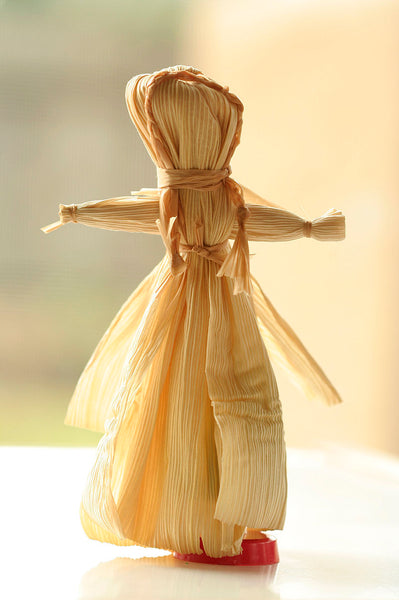 A woman carefully selects some sheafs of barley out of the wagon. To her delight the last harvest of the season has been wonderfully bountiful. She picks through the piles of the umber grain before her with great care, chooses long stalks free of insects or bad spots. They are perfect and true.
A woman carefully selects some sheafs of barley out of the wagon. To her delight the last harvest of the season has been wonderfully bountiful. She picks through the piles of the umber grain before her with great care, chooses long stalks free of insects or bad spots. They are perfect and true.
Her sister, a season older than her, passed on only a month before. Now she is the oldest female member of the tribe, and it is the first time the most important of jobs falls to her.
She carries her final selections herself back to the village and disappears into her home. She works for an hour, maybe longer, until the bending and tying of the grains begins to take the shape she hoped would honor the spirits. Her grandchildren stare wide-eyed as she works. She admires her craft…holds it up before the fire, turning it, making little adjustments and cuts until she is satisfied.
Her small figure is placed in the central meeting house, upon the tribal altar. Its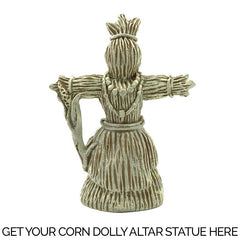 round head and flowing skirts reflect the embodiment of Mother Earth herself. Everyone praises her work and promises to honor and protect what she has made.
round head and flowing skirts reflect the embodiment of Mother Earth herself. Everyone praises her work and promises to honor and protect what she has made.
After the long winter—this one not as harsh as some others in her fifty-six seasons on the earth—she returns to the meeting house. A small procession follows, anticipating. She carefully picks up her dried arrangement and carries it back to the field from where it came months before. She returns it to the ground. The farmers begin planting the seeds they had saved from the previous autumn. The cycle is beginning again, the “corn dolly”—the “spirit of the grain”—has made its safe journey, full circle. The members of the tribe celebrate the achievement, comforted that once again the gods have been honored and the promise of good harvest—like the seeds they sow—will come forth again this year.
• A BRIEF HISTORY OF THE CORN DOLLY •
The story above is one possible journey of the “corn dolly” in the simplest form of the tradition. The word corn (as we know it today), is the name of a particular plant that bares food. In ancient times, the word "corn" really stood for the English equivalent of “grain.” Even the word “dolly” had a different meaning in ancient times: we’re not referring to the Raggedy-Ann or Barbie connotation of the word. The word “dolly” is most likely a slang for “idol,” which stems from the Greek word eidolon, which means “apparition,” or “spirit.” Hence, corn dolly really means “spirit of the grain.” Ancient cultures believed that this “spirit” would be homeless when the fields were harvested and barren, so the corn dolly was a way to give the spirit a comfortable home until the following spring.
Traditions vary from region to region in these times. Some, like the fictional example above, called for the oldest woman with children in the clan or tribe to create the corn dolly, and referred to their sympathetic magical poppet as a “Corn Mother.” Other early cultures may have set the
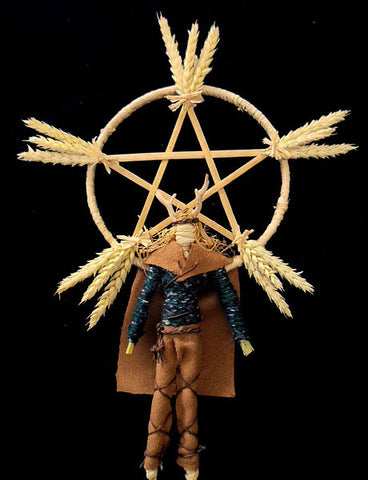 task to the youngest female member, one who in a physical sense a woman, but still a virgin. These young girls who blossomed into women may have referred to their works as “Corn Maidens” instead. Which tradition is “right?” Which tradition came first? We may never know, and by and large, it doesn’t matter. The practice of carrying over fruits from a previous harvest as a sacrifice for the following sowing season is documented and was practiced all over the European lands. Even some prehistoric African tribal groups followed the tradition: the “Aruseh”—“Bride of the Corn”—is known from earliest recollections.
task to the youngest female member, one who in a physical sense a woman, but still a virgin. These young girls who blossomed into women may have referred to their works as “Corn Maidens” instead. Which tradition is “right?” Which tradition came first? We may never know, and by and large, it doesn’t matter. The practice of carrying over fruits from a previous harvest as a sacrifice for the following sowing season is documented and was practiced all over the European lands. Even some prehistoric African tribal groups followed the tradition: the “Aruseh”—“Bride of the Corn”—is known from earliest recollections.Even today the corn dolly tradition is followed particularly so in the UK, where most counties or geographical regions have their own designs and forms. The Stafford Knot, the Suffolk Horseshoe, the Yorkshire Spiral or Corn Drop are just a few of the ancient variations that survive today. While many of them don’t look like a typical “doll” in our sense of the word, their care and crafting are still imbibed with intent, a desire to protect the promise of the next growing season. Whatever shape or form they take, the “Spirit of the Grain” is still a potent Pagan custom and magical working, and you don’t even have to be a farmer to take advantage of its talismanic power. It can represent success and bounty, and the fervent hope the future will hold prosperity and abundance.
Our Lammas Sabbat Boxes included a corn dolly kit within to allow you to connect with the tradition of corn dolly making that our ancestors would partake in around the time of this Sabbat. What will your corn dolly represent? What promises, what hopes do you wish to manifest in the coming seasons? Will you make room at your altar or hearth for the “Spirit of the Grain” to ward off the lean times? The magickal power of the dolly is not merely the object itself, but the care and work put into it: a representation of the sacrifice we all make today to ensure a better tomorrow.
What better future do you work for? Whatever form of greater increase and prosperity you desire, perhaps keeping the “Spirit of the Grain” in a safe, warm place through times of lack and dormancy could help you stay opportunistic on your way to your bountiful harvest!
• HOW TO MAKE A CORN DOLLY FOR LAMMAS •
• PURCHASE A SABBAT BOX CORN DOLLY KIT •

Want to learn how to make a corn dolly? See our how to video that goes along with the corn husk doll kits we included in each Sabbat Box to learn how to make your own. Visit our You Tube channel here.
- Llyfr Glas


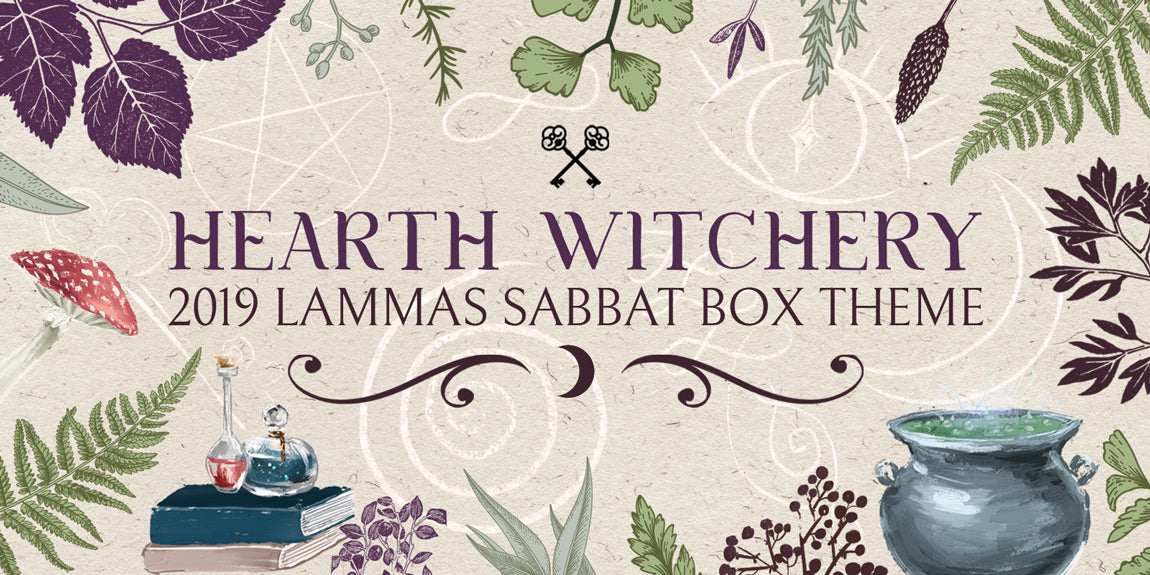


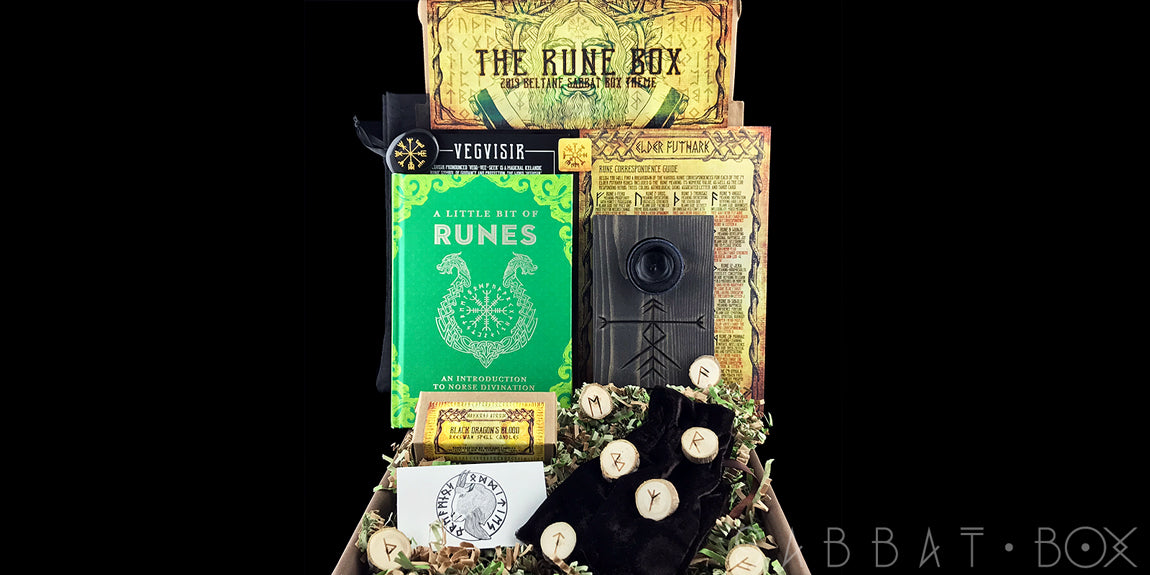

Comments 4
Daviddrync
Medication prescribing information. Brand names. can i buy zoloft online Best about meds. Read information here.
RufusMem
woowricy
hi, i am woo from Sweden and i want to explain any thing about “pandemic”. Please ask me :)
Deborita
Unbvlieeable how well-written and informative this was.